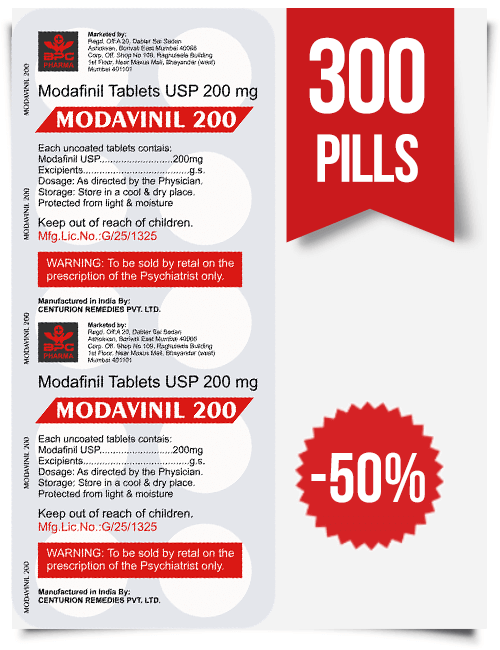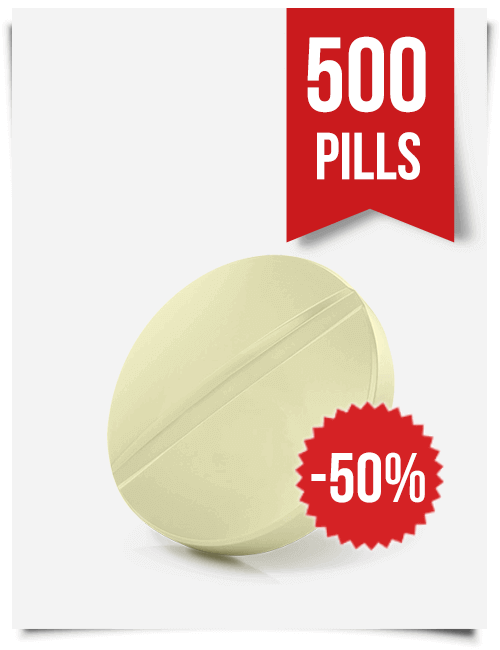Brain Protein-Concussion Recovery Link: Evidence of Neuroplasticity!!
Researchers have found a connection between a brain protein and the recuperation time of competitors experiencing sports-related blackouts.
More than 3.8 million games related concussions happen every year in the Assembled States, however there are no totally target apparatuses to affirm when a competitor is prepared to play once more.
"Keeping competitors more secure from long term outcomes of concussion is vital to players, mentors, guardians and fans," National Institute of Nursing Research Director Patricia A. Grady said in a National Institutes of Health release. "In the future, this research may help to develop a reliable and fast clinical lab test that can identify athletes at higher risk for chronic post-concussion symptoms."
Precisely measuring the levels of tau, a mind protein embroiled in the advancement of constant traumatic encephalopathy or CTE, frontotemporal dementia and Alzheimer's ailment, could help specialists keep competitors from coming back to activity too early and gambling further neurological harm.
The discoveries were distributed in Jan. 6 issue of Neurology, the therapeutic diary of the American Institute of Neurology. The exploration was directed by a group of researchers and specialists drove by Dr. Jessica Gill of the NINR at the NIH and Dr. Jeffrey Bazarian of the University of Rochester Restorative Center.
"This review recommends that tau might be a helpful biomarker for recognizing competitors who may take more time to recuperate after a concussion," said Bazarian, educator of Crisis Pharmaceutical and Physical Medication and Restoration at URMC who treats patients at the UR Drug Sports Blackout Facility. "Competitors are ordinarily anxious to return to play at the earliest opportunity and may tell specialists that they're better notwithstanding when they're most certainly not. Tau is an unprejudiced estimation that can't be gamed; competitors can't fake it. It might be that tau joined with current clinical evaluations could help us make more educated come back to-play choices and keep players from backtracking to a physical game when their brains are as yet recuperating."
The research team assessed changes in tau in 46 Division I and III school competitors at the University of Rochester and Rochester Foundation of Innovation, every one of whom had encountered a blackout. The competitors were chosen from a specimen of competitors who experienced plasma examining and intellectual testing before their games seasons in the vicinity of 2009 and 2014.
The competitors likewise took blood tests after their blackout utilizing a ultra-touchy innovation used to distinguish single protein particles.
Competitors who required a more drawn out measure of concussion recuperation time before coming back to play - over 10 days post-blackout - had higher general tau focuses at six, 24 and 72 hours post-concussion contrasted with competitors who were capable with come back to play in 10 days or less.
Changes in tau levels happened in male and female competitors, and also over the different games considered: soccer, football, ball, hockey, and lacrosse competitors.
"Incorporating objective biomarkers like tau into return-to-play decisions could ultimately reduce the neurological risks related to multiple concussions in athletes," said Gill.
The study was funded by the NINR with additional funding from the Eunice Kennedy Shriver National Institute of Child Health and Human Development.
Image: Wikipedia
Source: UPI















Leave a Feedback